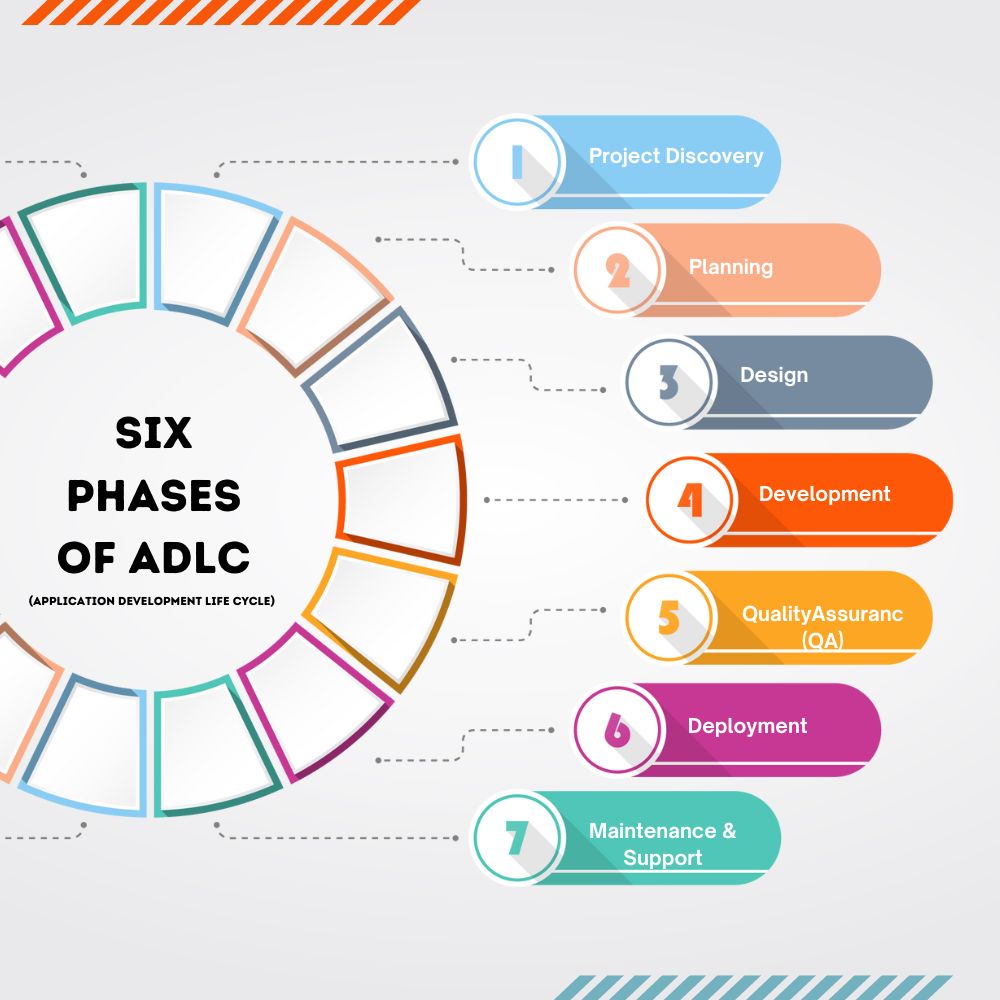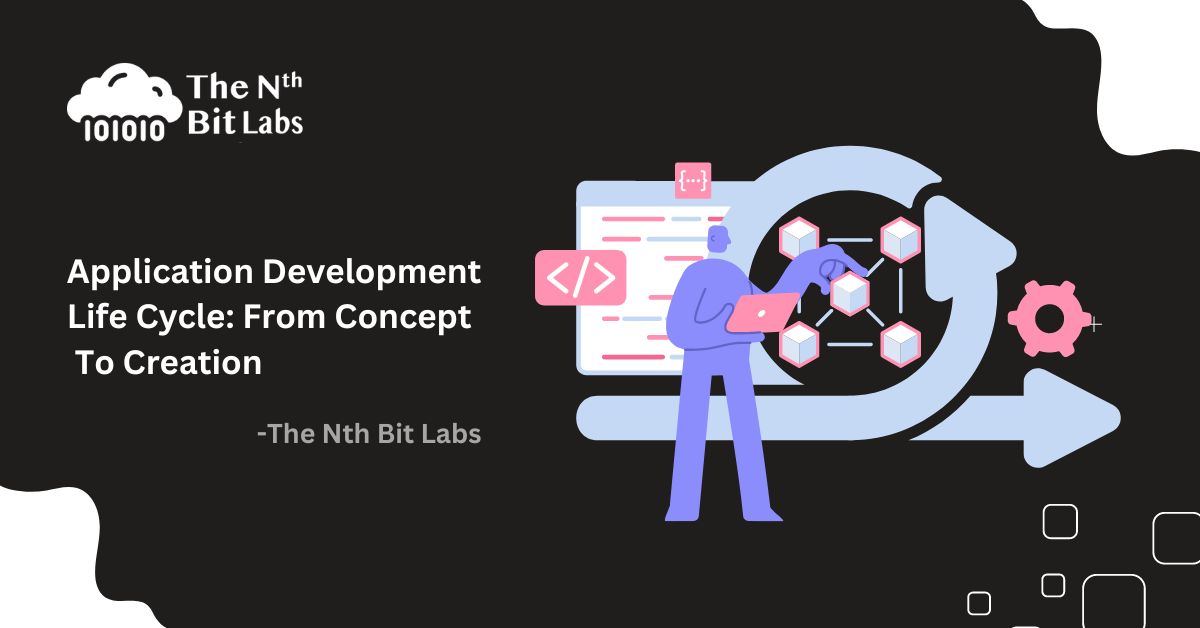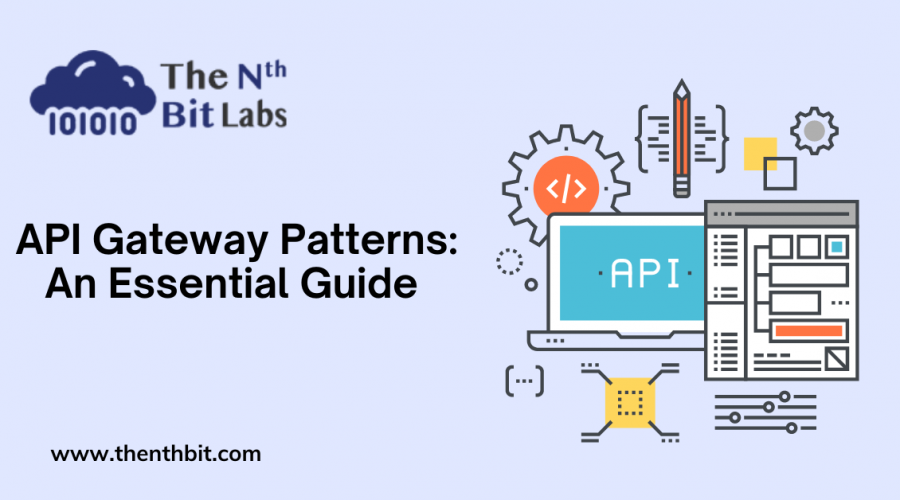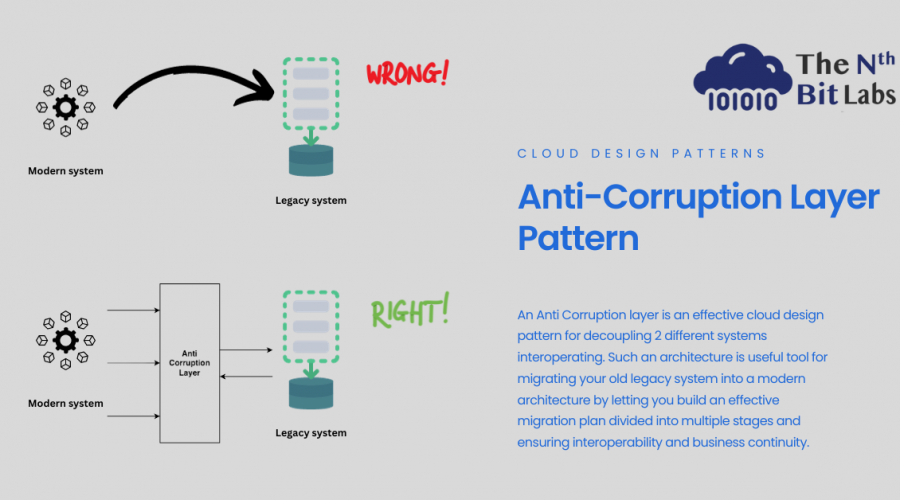Behind every successful software, there is a well-structured and meticulously executed Application Development Life Cycle (ADLC). ADLC breathes life into ideas, transforms them into robust applications, and guides them through a journey of growth and evolution.
From inception to deployment, this systematic approach paves the way for efficient planning, precise coding, rigorous testing, and continuous improvement. Join us as we unravel the mysteries of the ADLC and unlock the key to building scalable applications to reshape the future of the digital landscape.
What is Application Development Life Cycle (ADLC)?
ADLC, also known as software development life cycle (SDLC), is a step-by-step process that takes an app idea and transforms it into a fully functional and user-friendly application. It involves planning, designing, coding, testing, deploying, and maintaining the app to ensure its success and continuous improvement.
Application Development Life Cycle (ADLC) is essential for creating high-quality and successful applications. It allows developers and stakeholders to carefully plan and define the app’s goals, features, and user experience. It also ensures that everyone involved in the process has a clear understanding of what the app aims to achieve.
Six Phases of ADLC
The Application Development Life Cycle typically consists of six phases that play a crucial role in every digital product development.

1. Project Discovery
The project discovery phase in the Application Development Life Cycle is an essential stage where project requirements are gathered and analysed. It involves conducting research, meeting with stakeholders, and understanding the project’s purpose, scope, and desired outcomes.
This phase sets the foundation for successful planning and execution of the development process by identifying project constraints, goals, and feasibility. Through thorough discovery, the project team gains valuable insights to ensure a clear understanding of project needs before proceeding to subsequent phases.
2. Planning
The planning phase in the ADLC is a crucial stage where the project’s roadmap is outlined and project goals are defined. During this phase, the project team creates a detailed project plan, establishes timelines, allocates resources, and determines the project scope & success criteria. They identify risks, dependencies, and constraints that might impact the development process and devise strategies to mitigate them.
The planning phase sets the foundation for efficient project execution by providing a clear direction and ensuring all stakeholders are aligned with the project objectives. It helps in estimating costs, organising tasks, and establishing communication channels, ultimately facilitating a smooth transition into the subsequent software development cycle.
3. Design
The design phase in the Software Development Life Cycle is a critical stage where the visual and functional aspects of the application are defined. In this phase, the software project team creates the user interface (UI) and user experience (UX) design of the application. They determine the layout, navigation, and overall look and feel of the app.
The design phase involves wireframing, prototyping, and iterating on the design based on user feedback. The goal is to create an intuitive and visually appealing interface that enhances usability and provides a positive user experience. This phase sets the foundation for the development and guides developers in implementing the envisioned design.
4. Development
The development phase in the ADLC is a core stage where the actual coding and programming of the application take place. During this phase, developers write the code that brings the design and functionality of the application to life. They follow the requirements and specifications gathered in earlier phases, utilising programming languages, frameworks, and tools to create the desired features and functionalities.
The development phase involves writing clean, efficient, and modular code, adhering to coding standards and best practices. Developers collaborate, review each other’s code, and integrate different components to ensure a cohesive and functioning application. This phase lays the groundwork for subsequent testing and deployment phases.
5. Quality Assurance (QA)
In the Quality Assurance phase, the application is thoroughly tested to ensure its functionality, reliability, and performance. QA engineers and testers employ various testing techniques, such as unit testing, integration testing, system testing, and user acceptance testing. They identify and document any defects or bugs in the application, ensuring they are addressed and fixed before deployment.
The QA phase aims to verify that the application meets the specified requirements, performs as intended, and delivers a positive user experience. Rigorous testing during this phase helps ensure the application’s quality and helps in delivering a robust and error-free final product.
6. Deployment
The deployment phase marks the stage where the application is prepared and made available for actual use. It involves the final steps required to release the application to the intended users or customers.
The deployment process includes tasks such as configuring servers, setting up databases, establishing network connections, and installing the application on the targeted platforms or devices. It also involves finalising documentation, user guides, and support materials. The deployment phase ensures that the application is properly installed and accessible to users, ready to deliver its intended functionality and value in a live production environment.
7. Maintenance & Support
The maintenance phase occurs after the application has been deployed and is in active use by users. During this phase, developers and support teams monitor the application’s performance, address any reported issues or bugs, and make necessary updates or enhancements.
The maintenance phase includes regular system updates, security patches, and bug fixes to ensure the application remains secure, stable, and compatible with evolving technologies. It also involves incorporating user feedback, analysing usage data, and implementing continuous improvements to enhance the application’s functionality, performance, and user experience. The maintenance phase ensures the long-term success and reliability of the application in a production environment.
Note: It’s important to note that the specific phases and their names may vary depending on the development methodology used (e.g., Waterfall, Agile, etc.), but the general concepts of planning, designing, developing, testing, deploying, and maintaining an application remain consistent across most ADLC frameworks.
ADLC Models
There are several Application Development Life Cycle models, each with its own approach to managing the software development cycle. Here are four common ADLC models with examples:

1. Waterfall Model:
The Waterfall model works with a linear and sequential approach. Each phase is completed before moving to the next, with minimal overlapping. It includes distinct phases such as requirements gathering, design, development, testing, and deployment. Once a phase is finished, it rarely goes back to previous phases. For example, if you’re developing a small mobile app with well-defined requirements and a fixed budget, the Waterfall model could be suitable.2. Agile Model:
Agile model is an iterative and flexible ADLC model that focuses on collaboration, adaptability, and delivering incremental value. It involves breaking the entire software development process into smaller iterations and sprints, where each sprint delivers a functioning piece of the application. Agile promotes constant feedback, continuous improvement, and the ability to respond to changing requirements. For instance, if you’re developing a complex web application that requires frequent updates and incorporates user feedback, Agile methodologies like Scrum or Kanban can be beneficial.3. Spiral Model:
The Spiral model is suitable for projects where risk assessment, mitigation, and evolving requirements are critical. For example, developing software for a large organisation with complex business processes and evolving regulatory requirements. The Spiral model combines elements of the Waterfall and iterative approaches. It emphasises risk management and includes iterations of planning, risk analysis, development, and testing. It allows for early prototyping and enables stakeholders to provide feedback and identify potential risks at each iteration.4. V-Model:
The V model is an ADLC model that emphasises a strong relationship between testing and development. It follows a sequential and structured approach where each phase of development has a corresponding testing phase. The V shape represents the parallel nature of testing and development, with testing activities mirroring the corresponding development activities. This model ensures that testing is tightly integrated throughout the development process, resulting in higher quality and reduced risks of issues during deployment.
These are just a few examples of ADLC models, and it’s important to select the most appropriate model based on the specific project requirements, complexity, resources, and desired outcomes. Different models offer various advantages and suit different development scenarios.
Concluding Words
A well-executed ADLC focuses on meeting the needs and expectations of the app’s users. By involving user feedback and incorporating it into the development process, developers can create apps that align with user preferences and deliver value.
Ready to turn your ideas into exceptional software? Partner with The Nth Bit Labs and experience the power of the Application Development Life Cycle (ADLC). From meticulous planning to flawless execution, we will guide you through each phase, delivering high-quality, tailored solutions.






